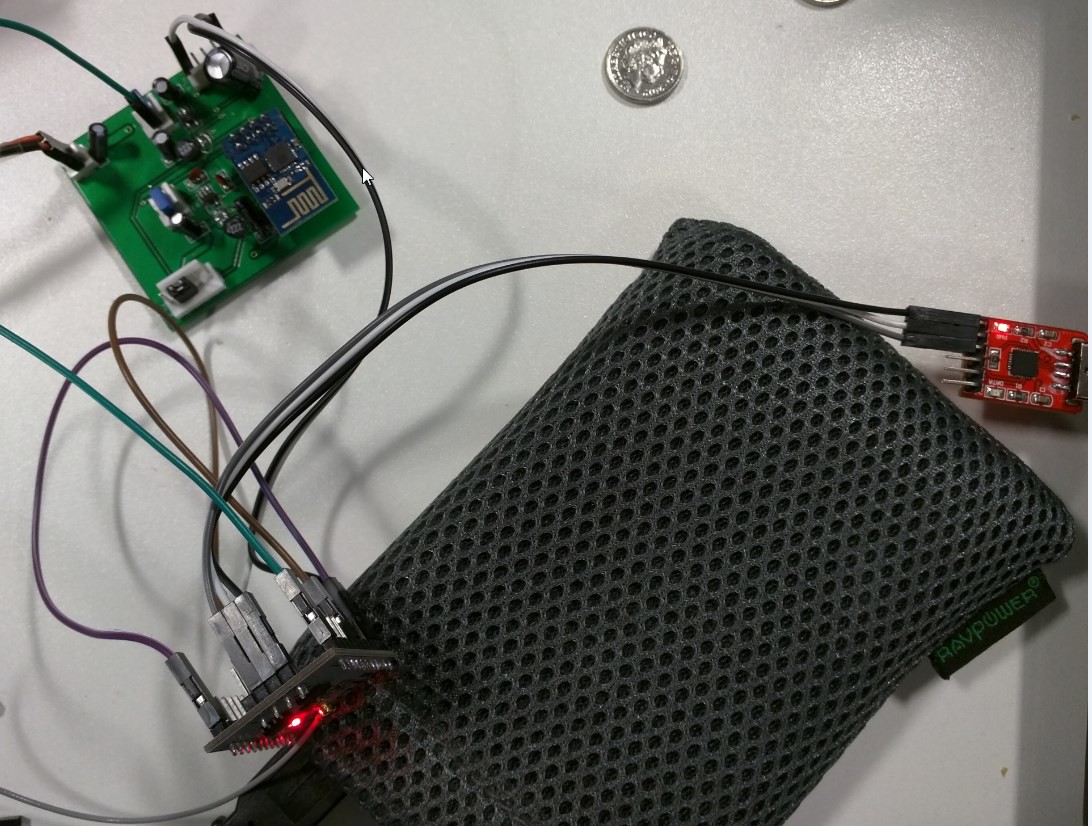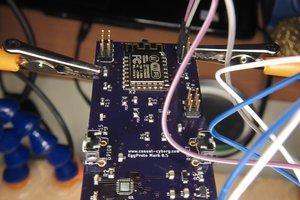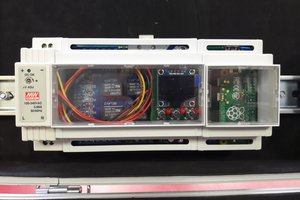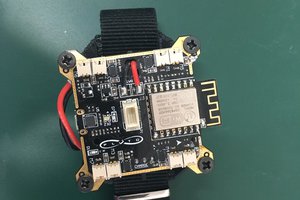The board is a WiFi enabled interface board, that I am designing to be small but able to control a wide variety of devices, an ESP8266 does the heavy lifting, providing WiFi interaction, a web server (for configuration and control) and some GPIO, this is also connected to a second microcontroller, the PIC12LF1552 from microchip, small footprint, and a 32mhz crystal less clock means this can be doing something entirely independant of the main CPU, whether its running PWM, or bit-banging midi.
ESP8266 Parasite
A development board built to be able to go inside another project to enable wifi control
 unfoundbug
unfoundbug




 Casual Cyborg
Casual Cyborg
 Craig Hissett
Craig Hissett
 hebel23
hebel23
 Tanmay Karpe
Tanmay Karpe
nice